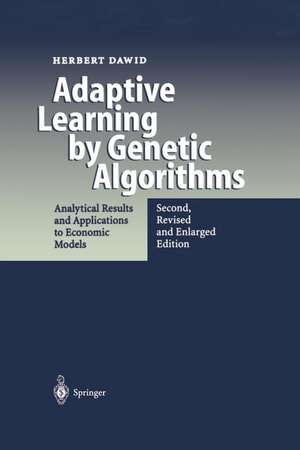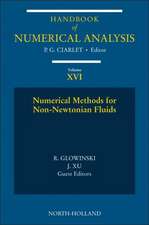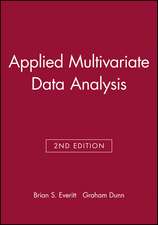Adaptive Learning by Genetic Algorithms: Analytical Results and Applications to Economic Models
Autor Herbert Dawiden Limba Engleză Paperback – 20 aug 2012
| Toate formatele și edițiile | Preț | Express |
|---|---|---|
| Paperback (1) | 636.63 lei 6-8 săpt. | |
| Springer Berlin, Heidelberg – 20 aug 2012 | 636.63 lei 6-8 săpt. | |
| Hardback (1) | 640.24 lei 6-8 săpt. | |
| Springer Berlin, Heidelberg – 15 apr 1999 | 640.24 lei 6-8 săpt. |
Preț: 636.63 lei
Preț vechi: 748.97 lei
-15% Nou
Puncte Express: 955
Preț estimativ în valută:
121.84€ • 125.86$ • 101.40£
121.84€ • 125.86$ • 101.40£
Carte tipărită la comandă
Livrare economică 25 martie-08 aprilie
Preluare comenzi: 021 569.72.76
Specificații
ISBN-13: 9783642621062
ISBN-10: 3642621066
Pagini: 220
Ilustrații: XIII, 200 p.
Dimensiuni: 155 x 235 x 12 mm
Greutate: 0.31 kg
Ediția:2nd ed. 1999. Softcover reprint of the original 2nd ed. 1999
Editura: Springer Berlin, Heidelberg
Colecția Springer
Locul publicării:Berlin, Heidelberg, Germany
ISBN-10: 3642621066
Pagini: 220
Ilustrații: XIII, 200 p.
Dimensiuni: 155 x 235 x 12 mm
Greutate: 0.31 kg
Ediția:2nd ed. 1999. Softcover reprint of the original 2nd ed. 1999
Editura: Springer Berlin, Heidelberg
Colecția Springer
Locul publicării:Berlin, Heidelberg, Germany
Public țintă
ResearchCuprins
1. Introduction.- 2. Bounded Rationality and Artificial Intelligence.- 2.1 Bounded Rationality in Economics.- 2.2 Artificially Intelligent Agents in Economic Systems.- 2.3 Learning Techniques of Artificially Intelligent Agents.- 2.4 Some Applications of CI Methods in Economic Systems.- 2.5 Potentiality and Problems of CI Techniques in Economics.- 3. Genetic Algorithms.- 3.1 What are Genetic Algorithms?.- 3.2 The Structure of Genetic Algorithms.- 3.3 Genetic Operators.- 3.4 Genetic Algorithms with a Non-Standard Structure.- 3.5 Some Analytical Approaches to Model Genetic Algorithms.- 3.6 Do Genetic Algorithms Describe Adaptive Learning?.- 4. Genetic Algorithms with a State Dependent Fitness Function.- 4.1 State Dependency in Economic Systems.- 4.2 A Markov Model for Systems with a State Dependent Fitness Function.- 4.3 The Difference Equations Describing the GA.- 4.4 Deviation from the Markov Process.- 4.5 A Numerical Example.- 4.6 Stability of the Uniform States.- 4.7 Two-Population Models.- 5. Genetic Learning in Evolutionary Games.- 5.1 Equilibria and Evolutionary Stability.- 5.2 Learning in Evolutionary Games.- 5.3 Learning by a Simple Genetic Algorithm.- 5.4 Two-Population Contests.- 6. Simulations with Genetic Algorithms in Economic Systems.- 6.1 A Model of a Competitive Market.- 6.2 An Overlapping Generations Model with Fiat Money.- 6.3 A Sealed Bid Double Auction Market.- 7. Stability and Encoding.- 7.1 The Cobweb Example Revisited.- 7.2 Impact of a Change in Encoding and Scaling.- 7.3 A Method for Finding Economic Equilibria.- 8. Conclusions.- A. Basic Definitions and Results Used.- A.1 Time Homogeneous Markov Chains.- A.2 Nonlinear Difference Equations and Stability.- B. Calculation of the Equilibria of the Evolutionary Games in Chapter 5.- B.1 Rock-Scissor-Paper Games.- B.2 The GA Deceptive Game GAD.- B.3 The Games G1 and G2.- C. Proof of Proposition 6.3.1.- References.- List of Figures.- List of Tables.
Caracteristici
Introduction to the field of agent-based computational economics and genetic algorithms Analytical results and examples facilitate the understanding of the learning behavior of genetic algorithms in economic models















